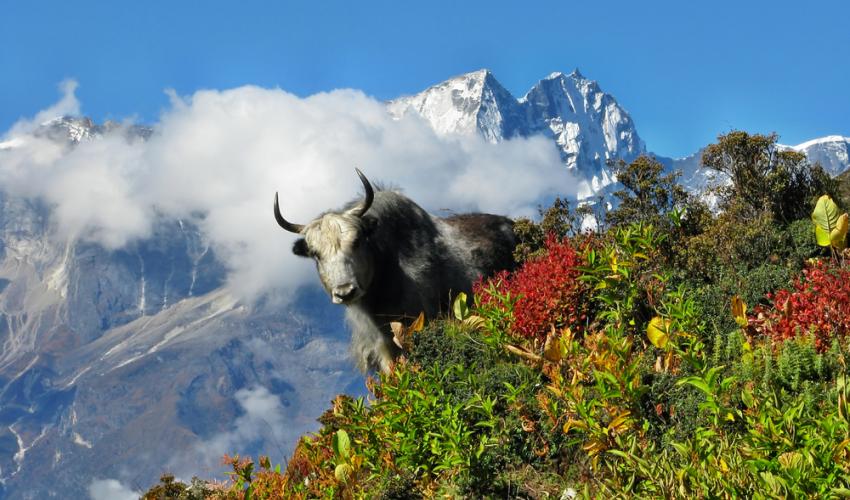IUCN wants to know. Send us your story about integrating biodiversity into policy and practice to inspire and inform future action.
The term ‘mainstreaming biodiversity’ is increasingly used in the conservation world and is the theme of the upcoming Convention on Biological Diversity (CBD) conference. But what does it actually mean?
Although there is no single, agreed-upon definition of ‘mainstreaming biodiversity’, the phrase is often used to refer to the integration of conservation and sustainable use of biodiversity into economic sectors, development models, policies and programmes.
Some examples of mainstreaming biodiversity practices include environmental certification, payment for ecosystem services, and ecosystem-based adaptation to climate change.
Why mainstream biodiversity?
Biodiversity underpins ecosystem functioning and the provision of ecosystem services essential to human well-being, such as food, health, clean air and water. Therefore, its conservation needs to extend beyond the environmental sector and be integrated across all sectors that depend on it and have an impact on it.
Today more than ever, mainstreaming biodiversity is critical to achieving sustainable development and reducing poverty. Countries have acknowledged that mainstreaming biodiversity is key in achieving not only the targets and goals set out by the Convention on Biological Diversity, but also the 2030 Sustainable Development Goals.
Still, much needs to be done to effectively mainstream biodiversity. In response, through a series of factsheets which they hope will encourage further efforts, IUCN and BirdLife International have set out to document how mainstreaming can be successfully put into practice. Take a look and get inspired!
If you have a mainstreaming story to share, please contact us or come to the IUCN World Conservation Congress in September to find out more!











